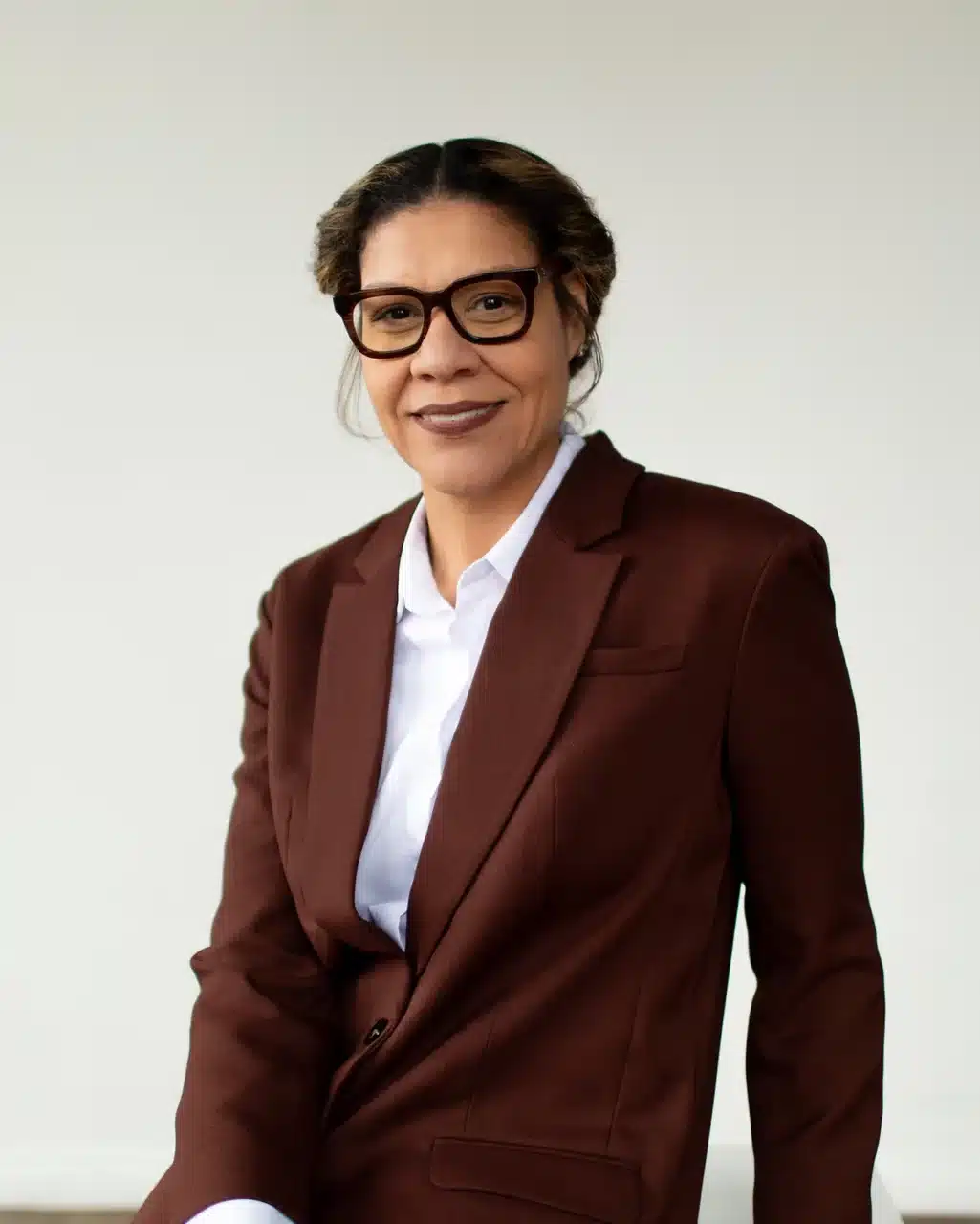Addressing Racial Disparities in Foster Care: Over 20 Years of an Unchanging System
Addressing Racial Disparities in Child Welfare: Over 20 Years of an Unchanging System
By Michelle Seymore
Michelle Seymore is the National Director of Equity and Partnership at National Adoption Association (NAA), a National Center partner organization. In this guest post, Michelle discusses racial disparities within the foster care and child welfare system from her perspective as a Black child welfare professional.
May is National Foster Care Month. This is the time to acknowledge the 463,000 children and youth in foster care. Throughout May, awareness of the unique experiences and needs of children in foster care will be highlighted. There will be opportunities to recognize foster parents and kinship caregivers, child welfare professionals, and policymakers who diligently work to support children in foster care. I want to take this opportunity to highlight the experience of Black and American Indian/Alaska Native children in foster care as seen through the lens of a Black child welfare professional.
Eye-opening disparities
In 2003, I began working in social services as a case manager for a community organization that supports low-income families on the east side of Saint Paul, MN. This position was my introduction to Child Protective Services (CPS); most of the families were referred from CPS. It was not long into this role that I noticed my caseload was primarily Black families, and most of the referral reasons started with a lack of resources. This was not unique to my caseload, the agency, our county, or even the State. Studies have found racial disparities present at all levels of decision-making in child welfare for Black Communities. The same is true for American Indian/Alaska Native families although the Indian Child Welfare Act being in place since 1978.
Punished for poverty
As I write this, I am reminded of how I decided to become a child protection worker. It was the belief that change would have to come from within. I would work within the system to improve outcomes for Black families. During orientation and training, I was presented with local and federal statistics that supported what I was experiencing on my caseload as a case manager. Black children represent about 14% of the total child population and yet make up almost 23% of the children in foster care. American Indian/Alaska Native children make up 35% of fosters but 9% of the total child population. I approached my efforts toward system change with the same solution-focused response I use with families, punished for poverty. Black families are more likely to experience poverty, inadequate access to healthcare, and housing instability creating a disproportionate involvement of child welfare agencies. Research shows Black families are more likely to be reported to child protection for allegations of neglect or abuse due to systemic biases and misconceptions.
Systemic failures
Once Black children and youth enter the foster care system, they face longer stays compared to white children. Federal data shows Black children spend an average of 20.1 months while white children averaged 13.4 months in foster care. This is deeply concerning and reflects systemic failures in providing culturally responsive services and support in Black communities. Poverty continues to play a significant role in perpetuating disparities past visibility, lack of resources for childcare and healthcare or inadequate housing are often used to delay reunification and keep Black children in foster care.
The path toward system change
Over the past 20 years, my public service career has moved from county direct service to state-administered programming and now federal initiatives in child welfare. At every level of my public service career, I have prioritized addressing the overrepresentation of Black children and youth in foster care and disparities in length of stay. The solution requires a multifaceted approach that prioritizes Justice, Equity, Diversity, and Inclusion. Trust must be built to be effective. Working collaboratively with communities and policymakers to challenge institutional racism will promote system change necessary that race will no longer be an indicator of outcomes in child welfare.

